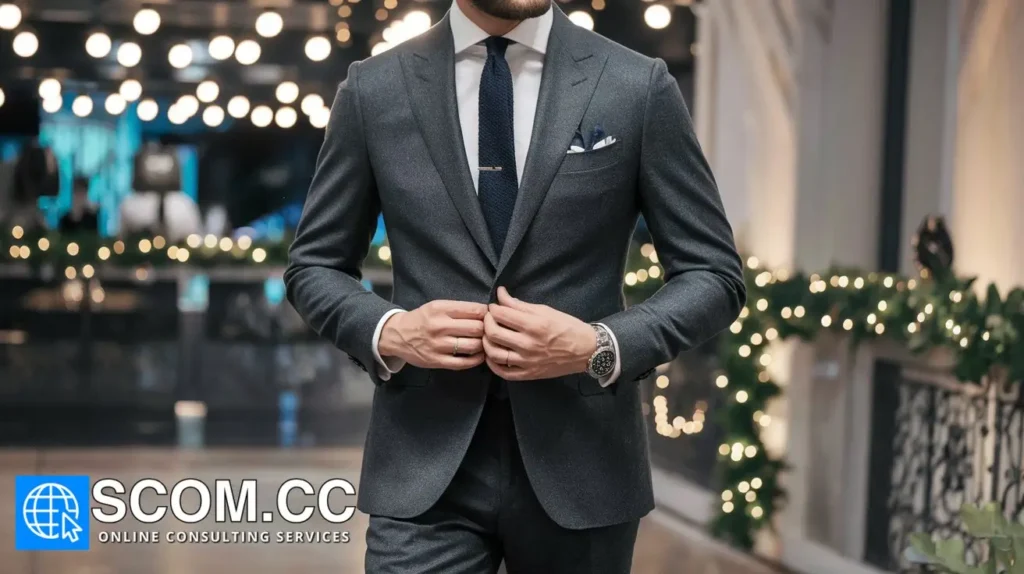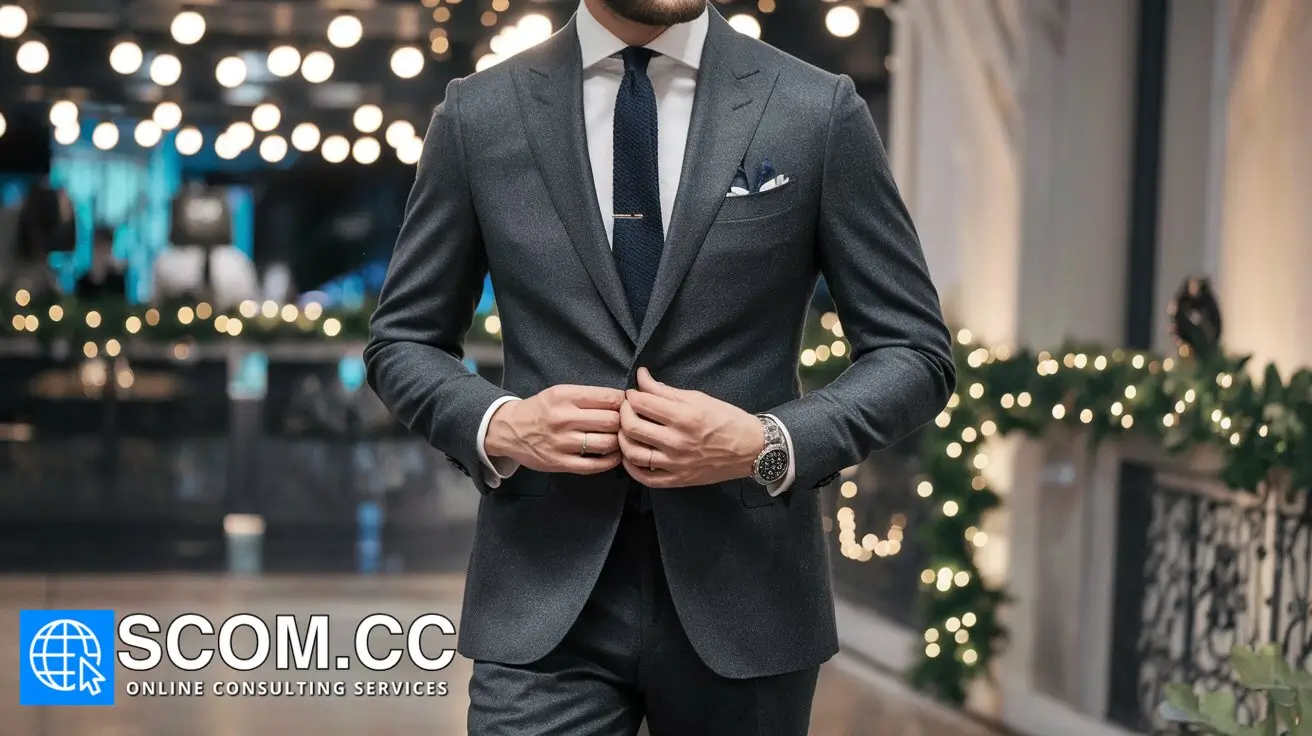How Minimalism Is Affecting Tailoring Designs

How Minimalism Is Affecting Tailoring Designs
In recent years, minimalism has emerged as a defining trend in fashion, profoundly influencing various aspects of design, including tailoring. This design philosophy, characterized by simplicity, functionality, and an emphasis on essential elements, is reshaping how tailored clothing is conceptualized and created. This article explores how minimalism is impacting tailoring designs, highlighting its effects on aesthetics, functionality, and overall fashion sensibilities.
Understanding Minimalism in Fashion
Minimalism in fashion is about stripping away excess to focus on essential elements. This approach emphasizes clean lines, neutral colors, and understated elegance. Minimalist designs often feature high-quality materials and meticulous craftsmanship, prioritizing form and function over ornate details.
Core Principles of Minimalism
The core principles of minimalism include:
- Simplicity: Designs that are straightforward and uncluttered.
- Functionality: Clothing that serves a practical purpose while maintaining aesthetic appeal.
- Quality over Quantity: Emphasis on well-made pieces that offer durability and timelessness.
- Neutral Colors: A palette dominated by muted and versatile shades.
Impact of Minimalism on Tailoring Designs
Minimalism is significantly influencing tailoring, leading to changes in design philosophy, garment construction, and consumer preferences. Here’s how minimalism is affecting tailored clothing:
Streamlined Silhouettes
One of the most noticeable impacts of minimalism on tailoring is the shift towards streamlined silhouettes. Traditional tailoring often includes complex constructions and intricate details. In contrast, minimalist tailoring focuses on clean, simple lines and well-defined shapes. This approach results in garments that are elegant in their simplicity, offering a modern and sophisticated look.
Slimmer Fits and Clean Lines
Minimalist tailoring often features slimmer fits and clean lines, avoiding excess fabric and unnecessary embellishments. This streamlined approach enhances the overall silhouette, providing a sleek and polished appearance. Jackets, trousers, and suits are designed with precision, emphasizing structure and fit over decorative elements.
Unstructured Designs
Unstructured tailoring is another hallmark of minimalism, offering a relaxed yet refined aesthetic. This design approach eliminates heavy padding and rigid constructions, resulting in garments that are both comfortable and versatile. Unstructured blazers and suits provide a more casual and effortless look while maintaining an air of sophistication.
Neutral Color Palettes
Minimalism often involves the use of neutral color palettes, such as blacks, whites, grays, and earth tones. This approach simplifies the design process, allowing for versatile and timeless pieces that can be easily integrated into any wardrobe.
Monochromatic Looks
Monochromatic looks, achieved through the use of a single color or varying shades of the same hue, are prevalent in minimalist tailoring. This trend enhances the visual coherence of the outfit, contributing to a sleek and polished appearance. Monochromatic tailored suits and separates are versatile and adaptable, suitable for various formal and professional settings.
Subtle Accents
When color is used in minimalist tailoring, it often comes in the form of subtle accents or understated tones. This restrained approach ensures that the focus remains on the design and craftsmanship rather than vibrant or distracting colors.
Focus on Quality Materials
Minimalism places a strong emphasis on quality materials. In tailored clothing, this translates to the use of premium fabrics that offer both durability and a refined appearance.
High-Quality Fabrics
Minimalist tailored garments are crafted from high-quality fabrics such as wool, cashmere, and silk. These materials enhance the overall look and feel of the clothing, contributing to its longevity and timelessness. The choice of fabric is essential in minimalist tailoring, as it complements the clean lines and simple designs.
Attention to Detail
Even though minimalist designs emphasize simplicity, attention to detail remains crucial. High-quality tailoring involves precise stitching, well-finished edges, and thoughtful construction techniques. The focus on craftsmanship ensures that each garment meets high standards of quality while adhering to minimalist principles.
Functional Design Elements
Minimalism also influences the functional aspects of tailored clothing, prioritizing practicality and usability.
Functional Pockets and Clean Finishes
Functional design elements, such as well-placed pockets and clean finishes, are essential in minimalist tailoring. These features enhance the garment's practicality while maintaining a sleek and uncluttered appearance. The integration of functional details without compromising the minimalist aesthetic ensures that the clothing remains both stylish and practical.
Versatile Pieces
Minimalist tailoring often emphasizes versatility, creating garments that can be easily dressed up or down. This approach caters to the modern lifestyle, where flexibility and adaptability are valued. Tailored pieces that transition seamlessly from formal to casual settings align with minimalist principles, offering practical solutions for various occasions.
Minimalism in Tailoring: A Timeless Approach
The influence of minimalism on tailoring reflects a broader shift towards timeless, versatile, and high-quality fashion. By focusing on essential elements and rejecting excess, minimalist tailoring provides a refined and elegant approach to formal wear. This trend continues to shape the fashion landscape, offering modern solutions that cater to evolving tastes and lifestyles.
Conclusion
Minimalism has a profound impact on tailoring designs, introducing streamlined silhouettes, neutral color palettes, high-quality materials, and functional design elements. This design philosophy enhances the elegance and versatility of tailored clothing while aligning with contemporary fashion sensibilities. As minimalism continues to influence the fashion industry, it offers a timeless and sophisticated approach to formal wear that transcends fleeting trends.

To explore more about tailoring, visit our Blog of Tailoring. If you have any questions or need assistance, go to our contact page. Additionally, you can find more information about tailoring and consulting at this tailoring and consulting portal.

Leave a Reply